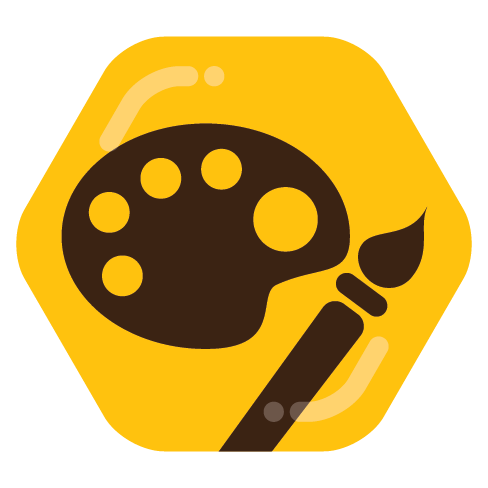Thank you! Essentially I’ll come in with a visual idea, some sketches already or I’ll do one with AI in mind (keep the lines simple so it doesn’t get confused). Generate a batch of images with img-2-img and cherry pick the ones that fit closest to the idea or are surprising and wonderful. Rework those for anatomical errors or other things I want to fix or omit -> send it back through img-2-img if it needs it or to inject detail -> upscale and put it as my desktop/phone wallpaper :P
(I’m using Automatic 1111 which is a webui for Stable Diffusion btw)



Img2img is one of many ways to constrain the AIs efforts to your compositional desires, it’s rad. You can control the amount of “dreaming” the AI does on the base image to get subtle changes, or a radically different image based on the elements of the previous (sometimes to trippy cool results, often to horrendous mutations if the desired image is supposed to be humanoid xD).
Inpainting is another tool, it’s like a precise img2img on an area you mask. Hands are often the most garbled thing from the AI, so a brute force technique is to img2img the hands - but the process works a lot better if you help the AI out and manually fix the hands. So I’ll throw the image into photoshop, make a list (if I remember :P) of everything I need to fix, address them directly and then toss it back into Automatic 1111. Often the shading and overall style are hard things for me to get right so I’ll inpaint over my edits to get the style and shading back.